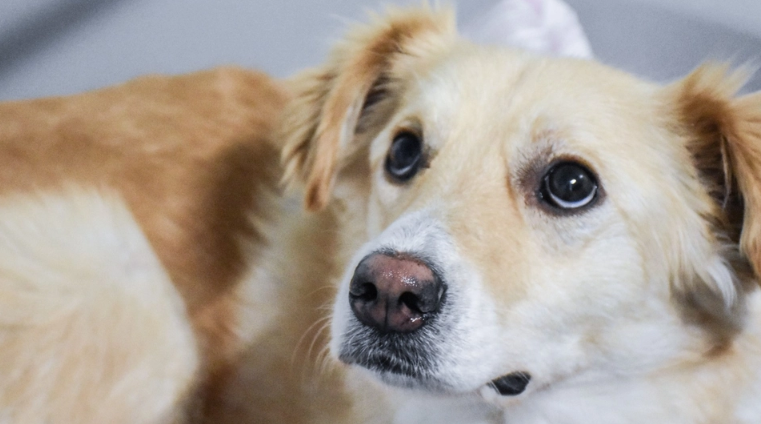Recognizing and understanding these gestures can help dog owners better respond to their pets.
Others are reading now
Dogs communicate with humans in various ways, and one of the most significant methods is through their body language. Recognizing and understanding these gestures can help dog owners better respond to their pets’ needs and emotions.
However, some gestures can have different meanings depending on the situation, making it essential to observe the context in which they occur.
To assist dog owners in interpreting these signals, Sonia Losada, a canine behavior specialist and instructor at the l’Escola d’Oficis de Catalunya, has highlighted five common body language cues that dogs use regularly.
Raised Hackles
When a dog’s back fur stands on end, known as piloerection, it’s often a clear sign of fear.
Also read
The fur might rise only along the middle of the back, on the shoulders, or even down to the tail. This reaction is entirely unconscious and indicates that the dog is feeling threatened.
Shaking
Dogs often shake off water after a bath or swim, but if a dry dog suddenly shakes, it’s usually a way to relieve stress or tension.
This gesture often follows a situation that has caused the dog discomfort or fear.
Play Bow
The play bow is a classic gesture where the dog lowers its front legs and chest to the ground while keeping its rear end up, often wagging its tail.
This pose typically indicates that the dog is feeling playful and relaxed.
Stiff Posture
If a dog on a leash becomes completely rigid with tense muscles, it’s a sign of stress or feeling threatened.
This behavior can indicate that the dog is nervous or on the verge of aggression, requiring the owner’s careful attention.
Alert Pose
Sometimes confused with stiffness, the alert pose occurs when a dog is intensely focused on something in the distance.
While this can signal curiosity, it might also indicate that the dog is wary or anxious about what it sees.


